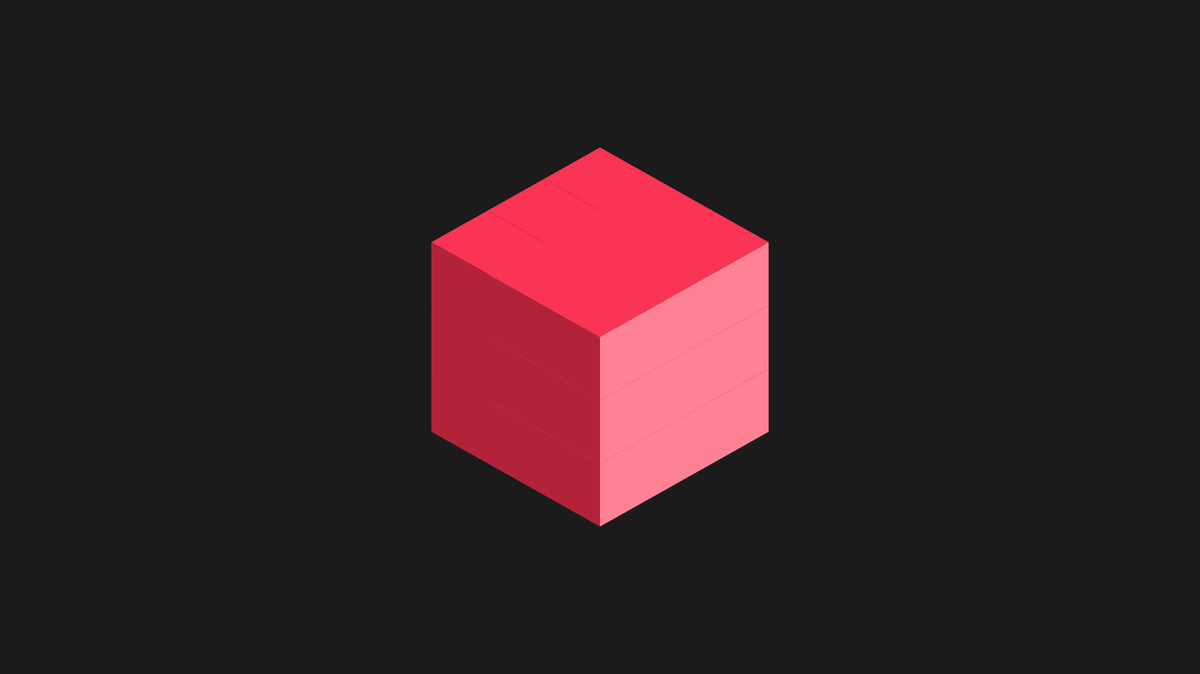In this post we make a basic implementation of a graphic library, connected in real time with SignalR hub
High Charts Demos
The application is displaying data on the chart, generated from a SignalR hub, to test the versatility of implementation of this graphic library
The graph component has the next code, with html and scss styles
It is very important to implement the event chartInstance, to obtain a reference to the graphic chart
The SignalR connection and configuration is released in the event ngOnInit of the component
METHOD SOFTWARE 2024 ©
High Charts Demos
The application is displaying data on the chart, generated from a SignalR hub, to test the versatility of implementation of this graphic library
The graph component has the next code, with html and scss styles
It is very important to implement the event chartInstance, to obtain a reference to the graphic chart
import {Component, EventEmitter, OnInit} from '@angular/core';
import * as Highcharts from 'highcharts';
@Component({
selector: 'line-chart-component',
templateUrl: 'line-chart-component.html',
styleUrls: ['line-chart-component.scss']
})
export class LineChartComponent implements OnInit {
Highcharts: typeof Highcharts = Highcharts;
chartOptions!: Highcharts.Options;
updateFlag = false;
data: number[] = [];
categories: string[] = [];
the_chart!: Highcharts.Chart;
onChartInstance(chart: Highcharts.Chart) : void {
this.the_chart = chart;
}
ngOnInit(): void {
this.chartOptions = {
title: {
text: 'Demo'
} ,
xAxis: {
categories: this.categories
},
series: [{
type: 'line',
data: this.data,
name: 'demo'
}],
};
}
addData(category: string, data: number) {
this.the_chart.xAxis[0].categories.push(category);
this.the_chart.series[0].addPoint(data);
}
}
<div class="divChart">
<highcharts-chart
[Highcharts]="Highcharts"
[options]="chartOptions"
[(update)]="updateFlag"
(chartInstance)="onChartInstance($event)">
</highcharts-chart>
</div>
.divChart {
display:flex;
justify-content: center;
align-items: center;
flex-direction: column;
}
The SignalR connection and configuration is released in the event ngOnInit of the component
ngOnInit(): void {
this.signalr.startConnection();
this.addSignalRListeners();
}
addSignalRListeners = (): void => {
this.signalr.addListener('newConnection', this.onNewConnection );
this.signalr.addListener('broadcastMessage', this.onBroadcastMessage );
}
onNewConnection = (connection: any): void => {
console.log(connection);
}
onBroadcastMessage = (message: any): void => {
this.lineChart.addData(message.demo, message.total);
console.log(message);
}
public startConnection = () => {
this.hubConnection = new HubConnectionBuilder()
.withUrl(environment.hubUrl, {
accessTokenFactory: () => {
return localStorage.getItem('token')!
}
})
.configureLogging(LogLevel.Information)
.withStatefulReconnect()
.build();
this.hubConnection
.start()
.then(() => console.log('Connection started'))
.catch(err => console.log('Error while starting connection: ' + err)
);
}
public addListener(evtName: string, fn: (result: any) => void) : void {
this.hubConnection.on(evtName, fn);
}
METHOD SOFTWARE 2024 ©


